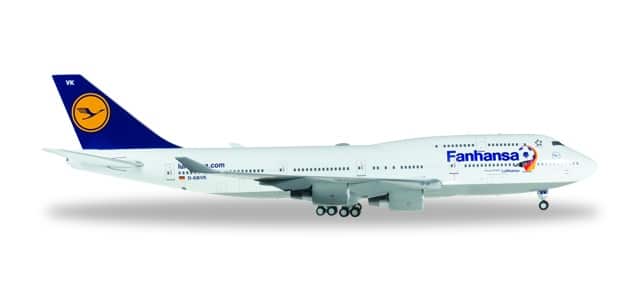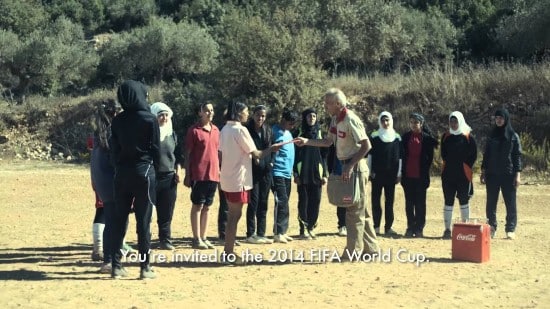The Qatar World Cup 2022 is bound to be a unique one. It’s the first time it will be played in the Middle East, catering to countries like Egypt and Saudi Arabia, which made up 7% of viewers during the 2018 World Cup. To make it even more particular, it’s starting in November, breaking its traditional summer timetable. These situations call for solid and innovation-driven campaigns.
In 2018, FIFA deemed Russia’s World Cup the most digital one to date; however, this was before society went even more digital with the pandemic. FIFA president Gianni Infantino announced that he expects five billion people to watch this year’s World Cup, an increase of 1.5 billion viewers from 2018. Likewise, online searches regarding Qatar 2022 have already surpassed the searches from the last World Cup by 80%.
With the above in mind, here are some world-class world cup marketing ideas to grow your startup’s visibility throughout the event.
Target Emotions
Sports fans are a passionate breed. Particularly with soccer, cheers, tears, and nail-biting are all but expected. So, as hearts rule heads, marketing that appeals to emotion is the first best approach to communicating with fans.
Startups and their disruptive nature can easily identify with the feelings of passion and excitement that the World Cup evokes in soccer fans. Harness these feelings and tie them with your own product or service.
In 2014, Coca-Cola produced a heartwarming advert following people from around the world, showing how the power of football had united them, ending with the slogan ‘everybody’s invited.’ The product presence was subtle, but the inclusive message packed a punch.
Additionally, tie your ideas with color. As psychology has it, colors convey emotions that words might not, and different emotions come from different colors. Red can mean love and passion, whereas yellow means joy, and optimism.
For B2B startups, emotions like fear (how to cope with it with solutions) and joy (to create trust) will help you tap into other business owners.
Leverage Locality
Aside from appealing to emotions, accounting for location in your world cup marketing strategy is imperative. According to Search Optics, fans in Argentina and Brazil, whose collective teams have won 7 World Cups, are less engaged online on matchdays. On the other hand, English fans are 5-6% more active the day their country plays.
Understanding these engagement trends allows you to execute social media campaigns at the optimal moment to improve your marketing activity. For example, Twitter recently shared data on how the Women’s Euro final increased World Cup tweets, making the platform fit for soccer-driven strategies.
Ambush Successfully
If you’re not one of the 14 2022 world cup sponsors that can use FIFA’s brand for ads, consider ambush marketing. Though often thought of negatively, ambushing is one of the most popular ways of approaching this sporting event. The strategy allows brands to paint outside the lines for a few weeks by being atypical, humorous, and even satirical. Studies show that shock advertising increases the viewer’s attention, so this is an opportunity to be fun and let loose to surprise your audience.
Take Lufthansa’s temporary aircraft rebrand to ‘Fanhansa‘ as an example. It surprised fans by alluding to soccer without the FIFA logo. This way, audiences still relate the brand with the event, and soccer fans will be more willing to engage with it. While you are not expected to make big changes in the likes of an airline giant, appealing to your specific audience with any level of ambushing will help your brand stand out.
Ultimately, the gist of ambushing is beating around the bush: Alluding to the world cup without actually addressing it. Fans, or even people enjoying their time together, are a central aspect of soccer that is easily recognizable. Referencing them gathering in front of a TV or at a stadium can be a good starting point.

Implement B2B Oriented Ideas
For startups that serve other businesses, it is vital to recognize that millennials make 73% of purchasing decisions at companies. With minimal marketing spending, you can keep their preferences in mind when it comes to marketing campaigns:
- Prioritize social media to enhance quick engagement. Castrol successfully mastered this in 2009 by designing an online football game, running competitions, and having an active social media presence. All these showcased their business performance and product benefits, and the sponsored extras were accessible through its B2B portal.
- Try out cause-based marketing—many sports foundations could use the help!
- Be authentic by tapping into your own brand background and values. Leveraging the World Cup just for the sake of doing so is not enough: millennials favor a strategy correlated to a truthful aspect of your business.
Final Thought
This year’s FIFA World Cup is taking bold steps from location to schedule, and startups should embrace this feeling. Discover your brand’s innovation opportunities during this time, and relate to people’s emotions as much as possible.
Lastly, be assertive with B2B scopes and disrupt with ambushing efforts to take your World Cup marketing strategy to the next level. This only happens every four years, so make sure to make it count.







